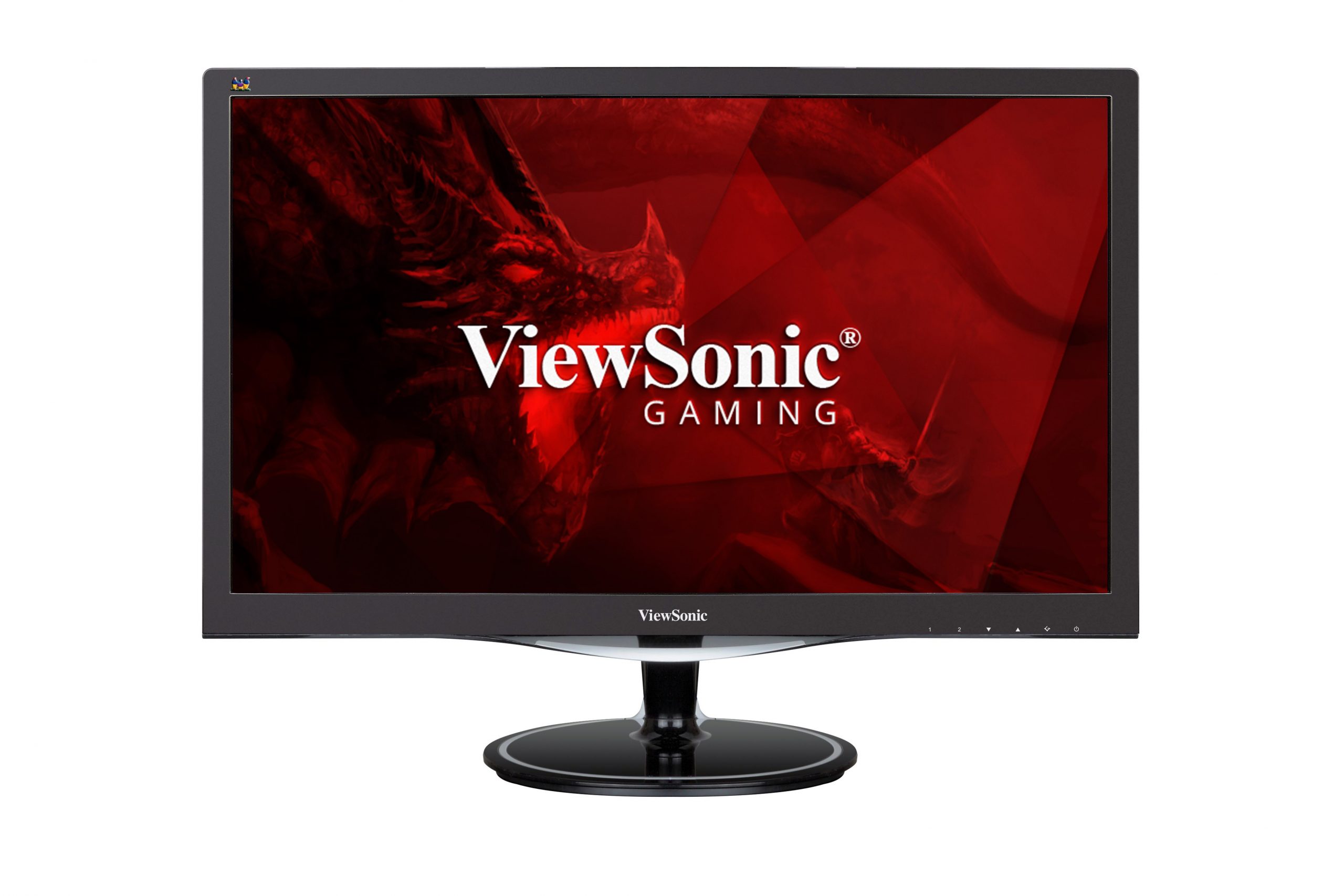

In most cases, symptoms of CVS occur because the visual demands of the task exceed the visual abilities of the individual to comfortably perform them. Their postures can result in muscle spasms or pain in the neck, shoulder or back. Some people tilt their heads at odd angles because their glasses aren't designed for looking at a computer or they bend toward the screen in order to see it clearly. Even people who have an eyeglass or contact lens prescription may find it's not suitable for the specific viewing distances of their computer screen. Uncorrected or under corrected vision problems can be major contributing factors to computer-related eyestrain. In addition, the presence of even minor vision problems can often significantly affect comfort and performance at a computer or while using other digital screen devices.

As a result, the eye focusing and eye movement requirements for digital screen viewing can place additional demands on the visual system. Viewing distances and angles used for this type of work are also often different from those commonly used for other reading or writing tasks. Often the letters on the computer or handheld device are not as precise or sharply defined, the level of contrast of the letters to the background is reduced, and the presence of glare and reflections on the screen may make viewing difficult. Viewing a computer or digital screen is different than reading a printed page. Uncorrected vision problems can increase the severity of computer vision syndrome (CVS) or digital eyestrain symptoms.

As a result, the unique characteristics and high visual demands of computer and digital screen viewing make many individuals susceptible to the development of vision-related symptoms. Viewing a computer or digital screen often makes the eyes work harder. To help alleviate digital eyestrain, follow the 20-20-20 rule take a 20-second break to view something 20 feet away every 20 minutes. The average American worker spends seven hours a day on the computer either in the office or working from home. The level of discomfort appears to increase with the amount of digital screen use. Many individuals experience eye discomfort and vision problems when viewing digital screens for extended periods.


 0 kommentar(er)
0 kommentar(er)
